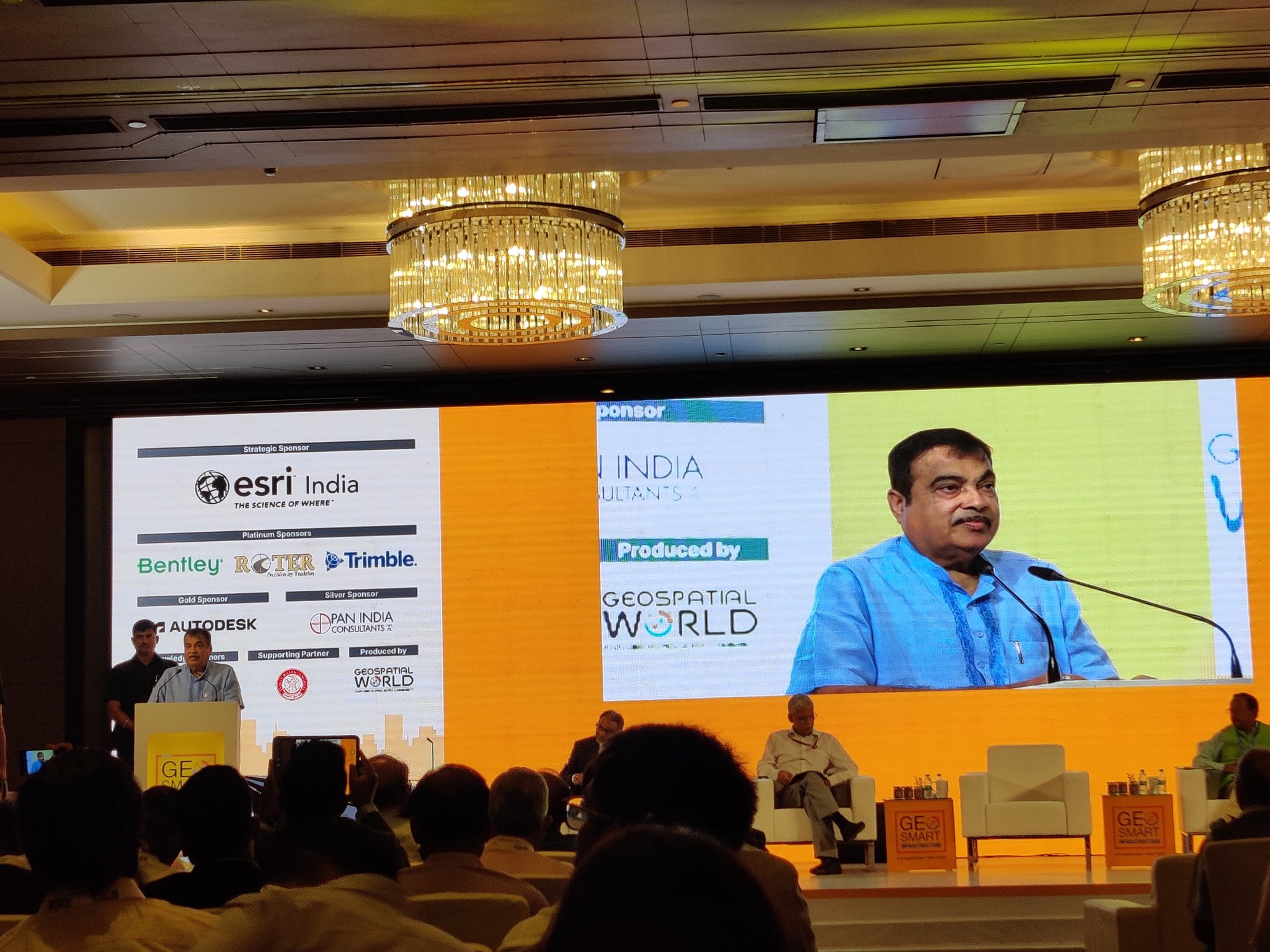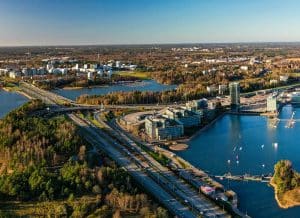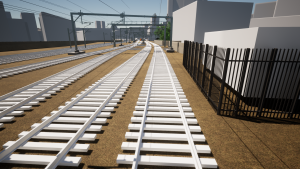GeoSmart Infrastructure 2022 conference is back after two years. The conference brings together industry leaders from across the country to share digital use-cases for designing, building, and maintaining world class transport infrastructure assets, and plan for the future demands of the nation.
India’s transportation infrastructure has witnessed significant growth over the last few decades. India’s major metropolitan regions have revolutionized the capacity and quality of the country’s transportation infrastructure.
Harnessing BIM + Digital Twin
“To make India a 5 trillion dollar economy, we need to strengthen four sectors: water, power, transport and communication. For the development of infrastructure industry, we need digital transformation to take the lead. With digitalization we can march towards perfection. To build resilient and robust infrastructure, we need geospatial technologies and we need digital transformation in all audits to ensure smooth running of the processes,” said Nitin Gadkari, Minister for Ministry of Road Transport and Highways (MoRTH) in his inaugural speech.
At the conference, he also released the National BIM and Digital Twin Strategy report, which sets out an action oriented strategic plan for decision makers across the nation to adopt BIM and Digital Twin.
Transport infrastructure projects are distinctively unique and complex compared to other infrastructure and construction projects. Globally, construction of transport network is often associated with large-scale cost and time overruns. The pandemic showcased the need for digitalization solutions like GIS & BIM for a distributed workforce to make data and collaboration resilient.
“We need to accept good technology, research, innovation and successful practices from across the world and from within India. We should use alternative materials to reduce cost without compromising on quality. Time is the most important aspect in construction, it is the biggest asset,” he added.
Towards digital transformation
Even though many countries have started adopting digitalization, BIM and digital twin in their construction and transportation sector, India is slowly adopting these technologies.
The project management capabilities to ensure timely completion of infrastructure delivery enables faster realization of returns. Hence, project management strategies to proactively identify risks associated with construction and development of infrastructure is crucial.
For instance, undertaking of on-site assessment by adopting Geospatial technologies such as LiDAR and ground penetration radar in the pre-construction phase will enable accurate planning and reduce uncertainties during the design-to-execution of highway projects. Also, the advent of machine control system has improved on-site activities including increased productivity, decreased reworks and save fuel of equipment and machineries.
“The role of infrastructure in our socio-economic development will be unparalleled. By 2050, 75% of the world’s need for infrastructure will be built and the remaining 25% will be rebuilt, in a way we can say that by 2050 entire world’s infrastructure will be new. To build the infrastructure and to further manage and maintain it, investment is required to be invested effectively, especially in the field of technology adoption. We will witness the dawn of new-age infrastructure that will be possible with the help of technology, innovation and digitalization,” said Sanjay Kumar, CEO, Geospatial World.
“Digitalization will empower entire infrastructure and make it more efficient. Geospatial technology helps you understand the complexities, and visualize the options, so that you can see the whole value proposition of the infrastructure before you start working on it. Infrastructure is the biggest driver of India’s vision of a five trillion dollar economy; accordingly, the Government has been emphasizing infrastructure development in the country.”









